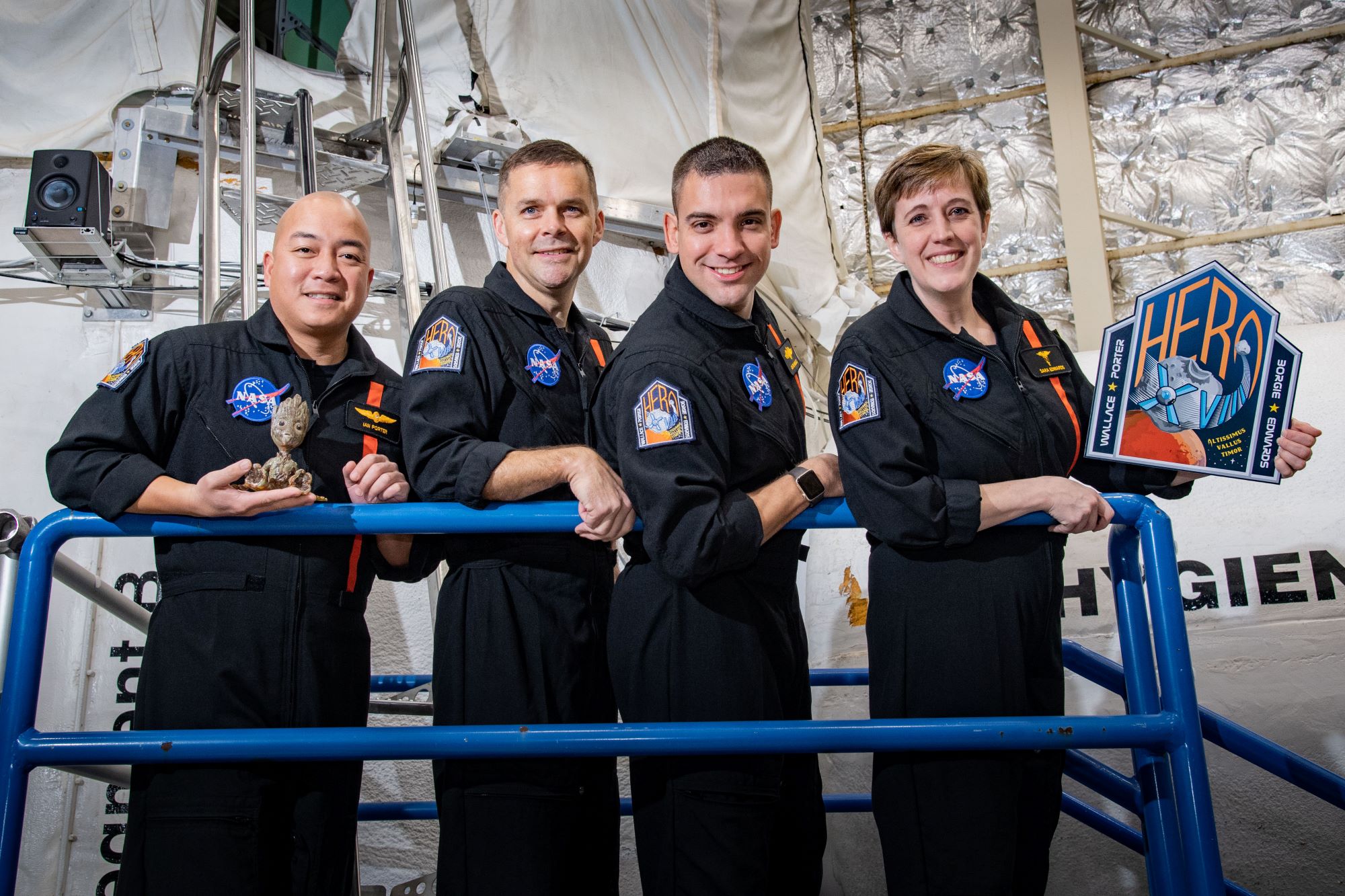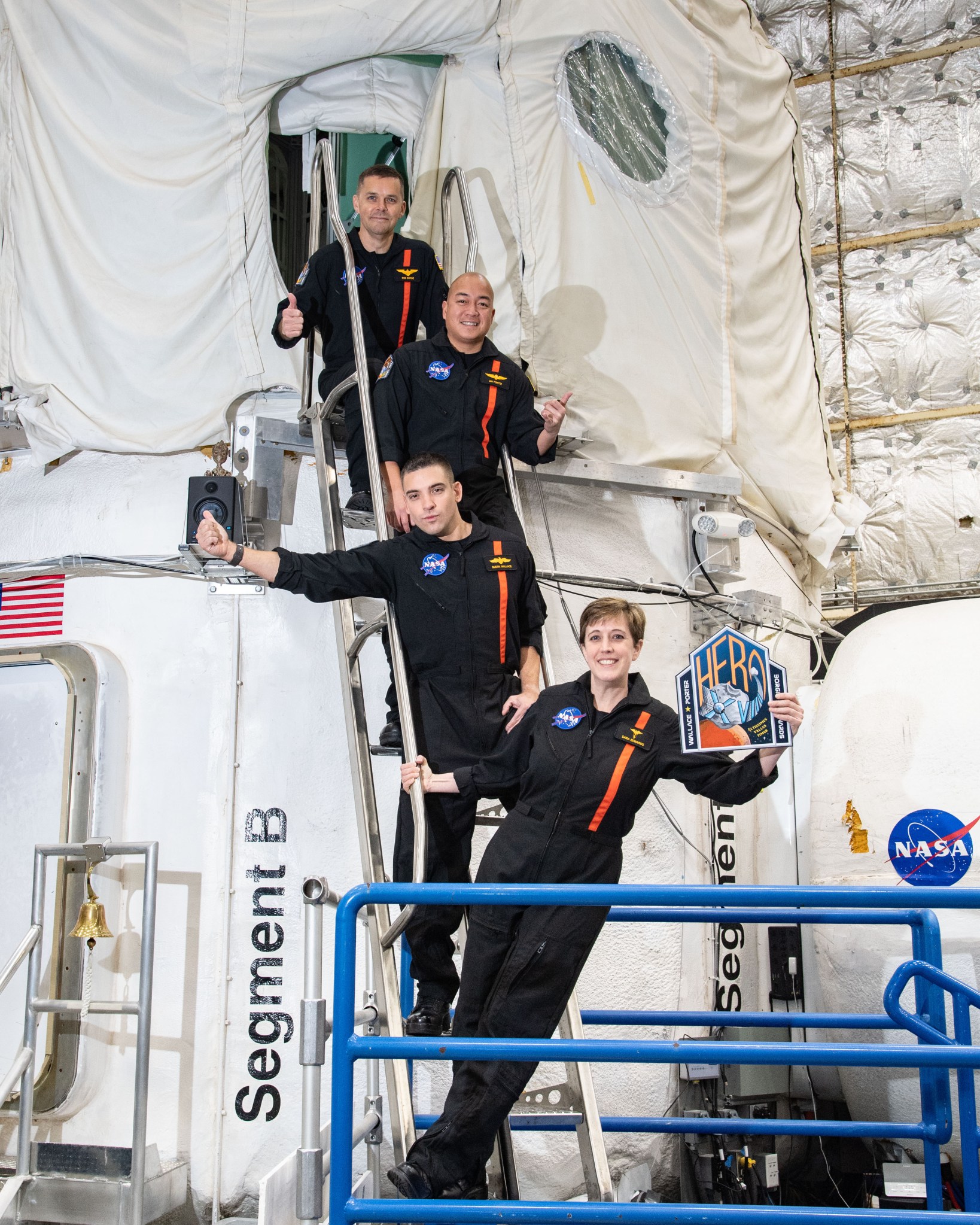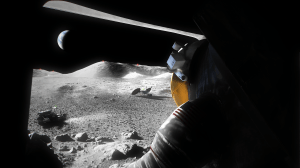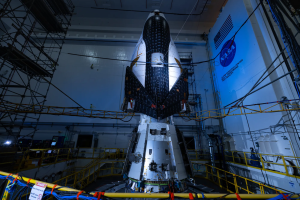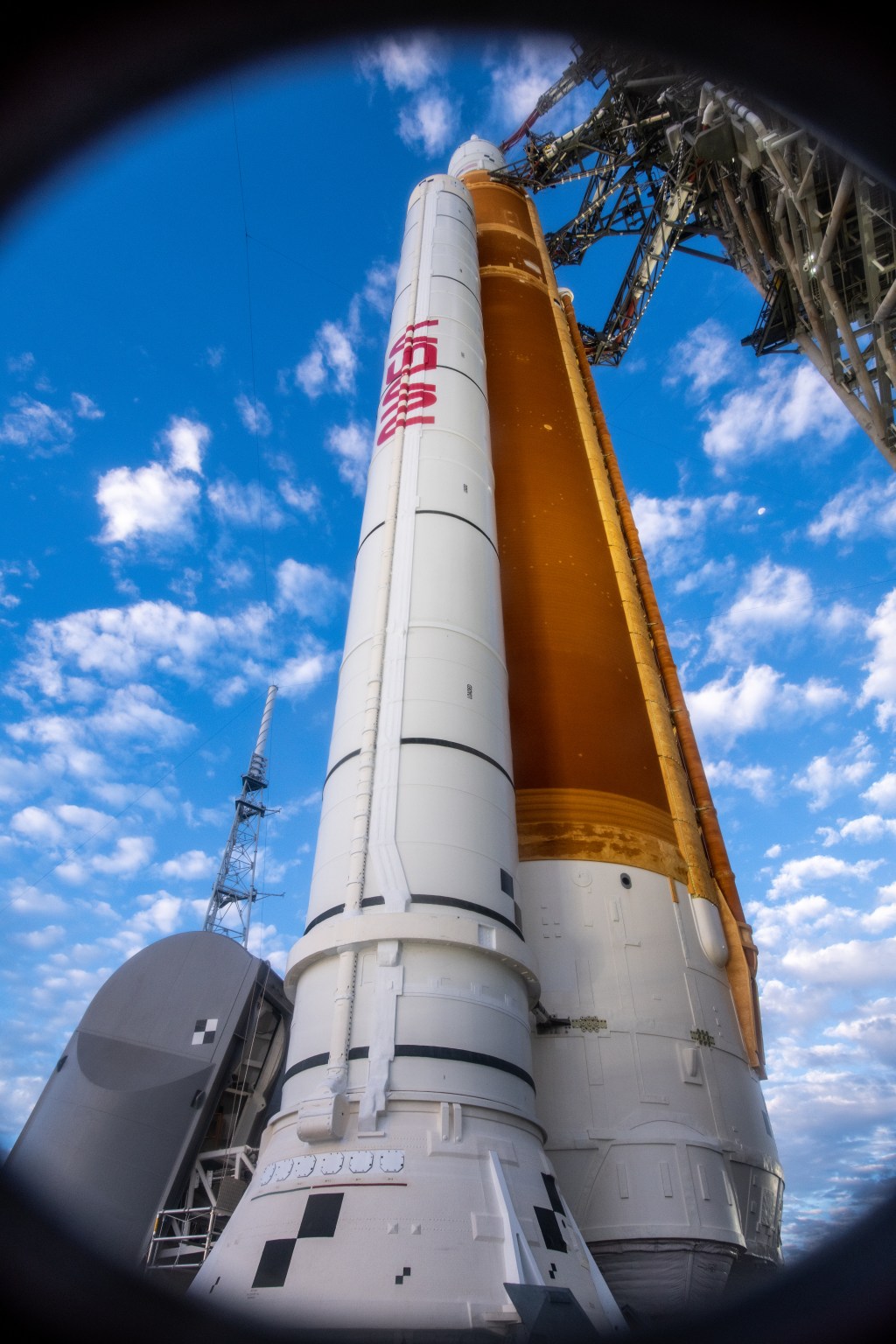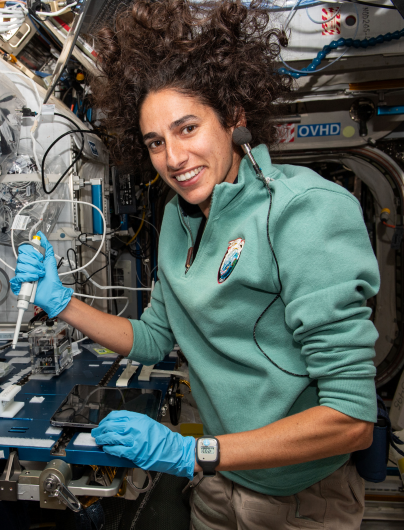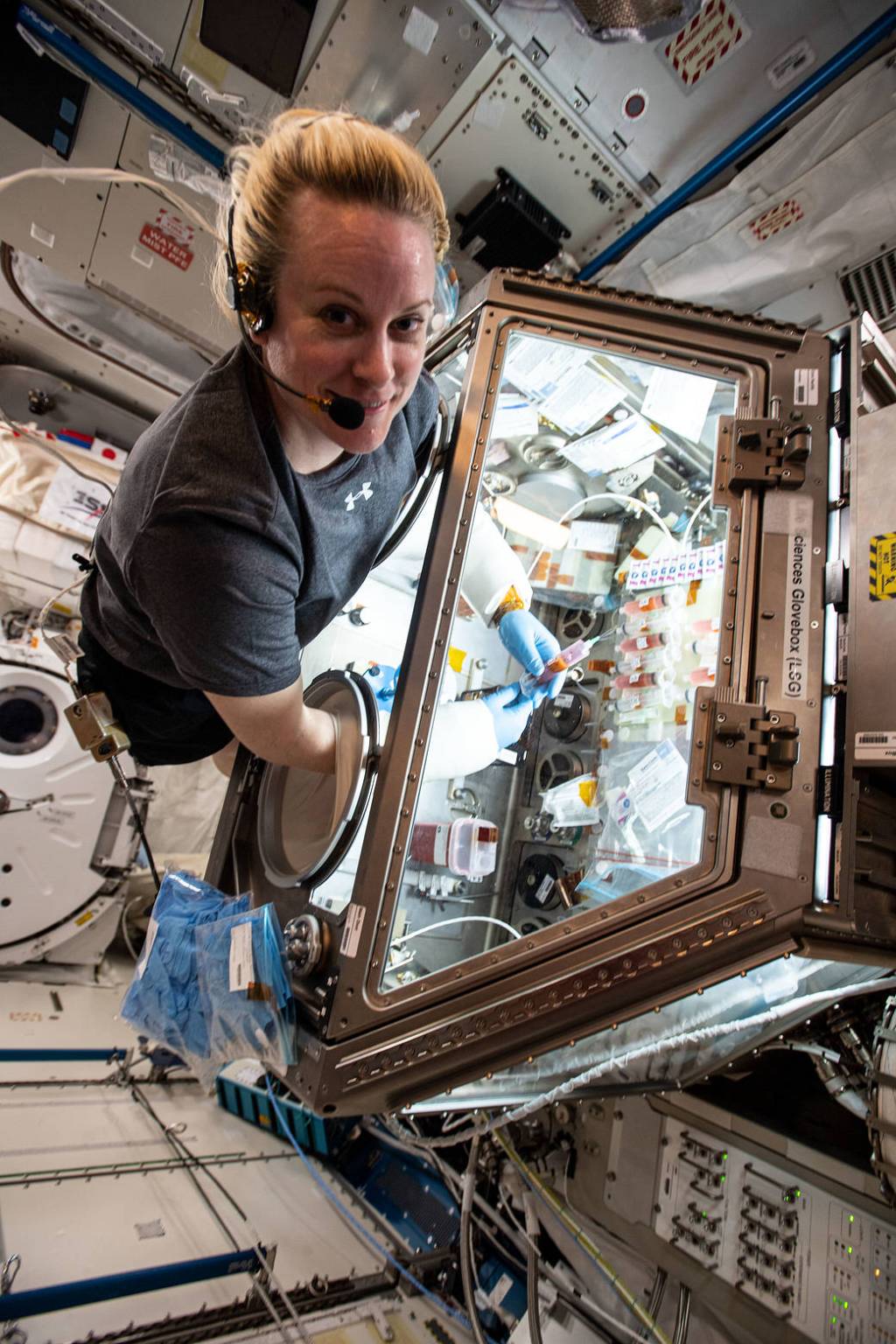The fifth Human Exploration Research Analog (HERA) Campaign began on Feb. 15 with lift off of HERA XVIII in Houston. HERA XVIII is also known as C5M1 (Campaign 5, Mission1), and is the first of four planned NASA Human Research Program (HRP) missions for this research campaign in the analog located at Johnson Space Center (JSC). An analog is a research environment used by scientists to study the physical and mental effects of being in space by partially mimicking those conditions.
Crewmembers for C5M1 are Sara Edwards of Chicago, Illinois; Rod Borgie of San Diego, California; Ian Porter of Pensacola, Florida; and Dustin Wallace of Norfolk, Virginia. These crewmembers will live in a mock spacecraft for 45 days without actually leaving JSC.
HRP’s Flight Analogs Project Manager, Lisa Spence said, “We try to identify people for HERA missions who fit a similar profile as astronauts, so HERA research results can be applied to the astronaut population. We also make our analog campaigns emulate real space missions as much as possible, which includes 16-hour crew work days, five days a week, reduced workloads on weekends, and a flight-like timeline of scheduled activities from the HERA Mission Control Center (MCC).”
HRP will require the crews of all four C5 missions to conduct the same experiments, enabling researchers to identify patterns and variances in the research data. Unlike previous campaigns, C5 will not conduct a sleep deprivation study nor food or exercise studies. The crewmembers will; however, have less privacy in their crew quarters and in the hygiene module, and less “free volume” in which to work.
The HERA crew will be constantly monitored from the HERA MCC, which is just outside of the mock spacecraft where they conduct their tasks. Data on the physiological and psychological effects of extended isolation and confinement, team dynamics, and conflict resolution are among the data that will be collected throughout the duration of the mission.
Campaign 5 is the second campaign to utilize 45-day missions. Campaign 1 in 2014, were seven-day missions; Campaign 2 in 2015, were 14-day mission;, Campaign 3 in 2016, were 30-day missions; and Campaign 4 in 2017-2018, were 45-day missions. Longer mission length allows for more mission-like crew effects and more data points relevant to longer duration spaceflight missions.
The other three Campaign 5 missions are scheduled as follows: Mission 2 will begin in May, Mission 3 will begin in August, and Mission 4 will begin in January 2020.
The NASA HRP Test Subject Screening group is accepting curriculum vitae for healthy, non-smoking volunteers, ages 30 to 55 for future missions. Volunteers will be compensated and must pass a physical and psychological assessment to qualify. Volunteers wishing to become test subjects should go to this website to fill out a quick survey and find further instructions: https://herastudy.jsc.nasa.gov
_____
NASA’s Human Research Program, or HRP, pursues the best methods and technologies to support safe, productive human space travel. Through science conducted in laboratories, ground-based analogs, and the International Space Station, HRP scrutinizes how spaceflight affects human bodies and behaviors. Such research drives HRP’s quest to innovate ways that keep astronauts healthy and mission-ready as space travel expands to the Moon, Mars, and beyond.



























